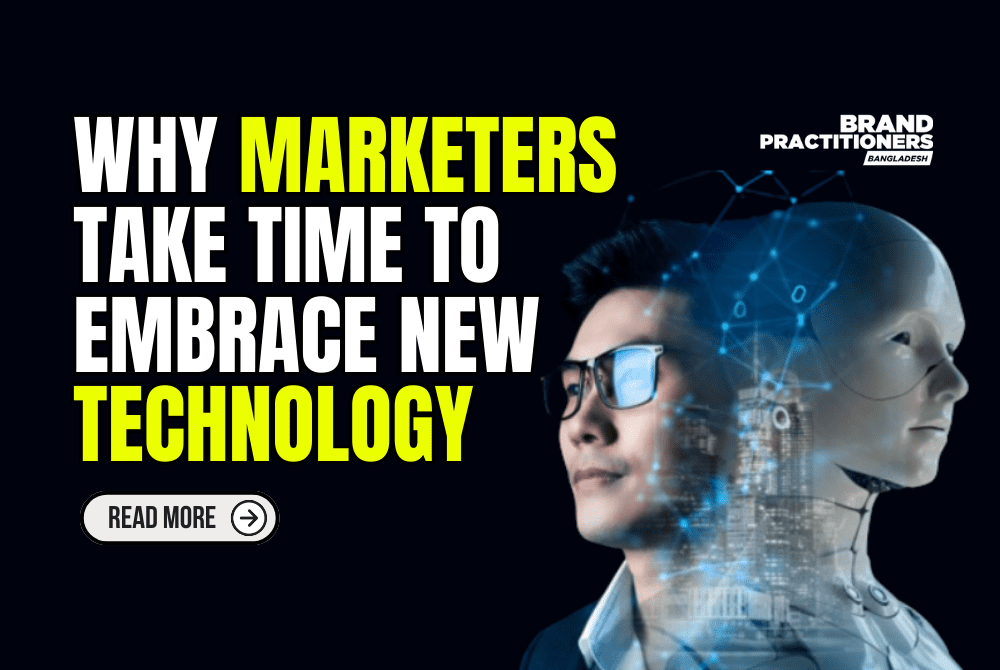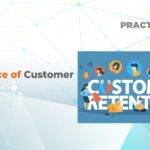
The marketing world is a constant buzz with new tools and trends. From social media listening platforms that track brand mentions to artificial intelligence (AI) that personalizes ad campaigns, there’s always something shiny and new to explore. But here’s the thing: many marketers seem hesitant to jump on the latest tech bandwagon. Why the lag?
Understanding the Hold-Up: Why Marketers Hit the Pause Button
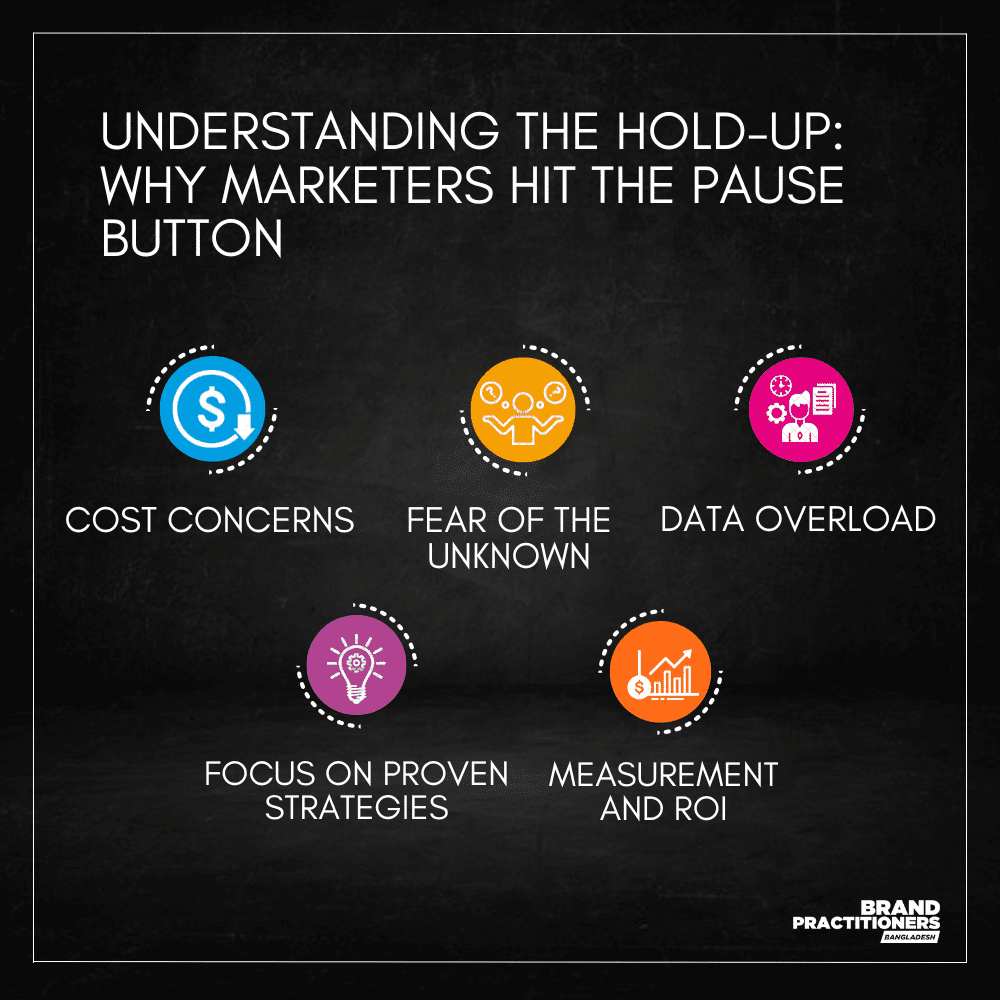
There are several reasons why some marketers might take a wait-and-see approach to new technologies. Here’s a breakdown of some of the most common roadblocks:
- Cost Concerns: Let’s face it, new tech can be pricey. Software licenses, training for your team, and integrating the new system with your existing tools can all add up quickly. This can be a major hurdle, especially for small businesses with tight budgets.
- Fear of the Unknown: Learning a new platform can be intimidating. Imagine completely changing the way you do things! Marketers might feel overwhelmed by the prospect of figuring out a new system and integrating it into their daily workflow.
- Data Overload: Many new marketing tools generate a massive amount of data. If you don’t have the right training and expertise, it can be like trying to drink from a fire hose. Analyzing all that data and turning it into something useful can feel impossible.
- Focus on Proven Strategies: Sometimes, there’s comfort in the familiar. Marketers might be hesitant to abandon tried-and-true tactics that have consistently delivered results.
- Measurement and ROI: Showing the value of a new tech investment can be tricky. It’s not always easy to quantify the impact of a new tool in cold, hard cash. Marketers often struggle to demonstrate the return on investment (ROI) for these shiny new things.
Benefits of Embracing Innovation
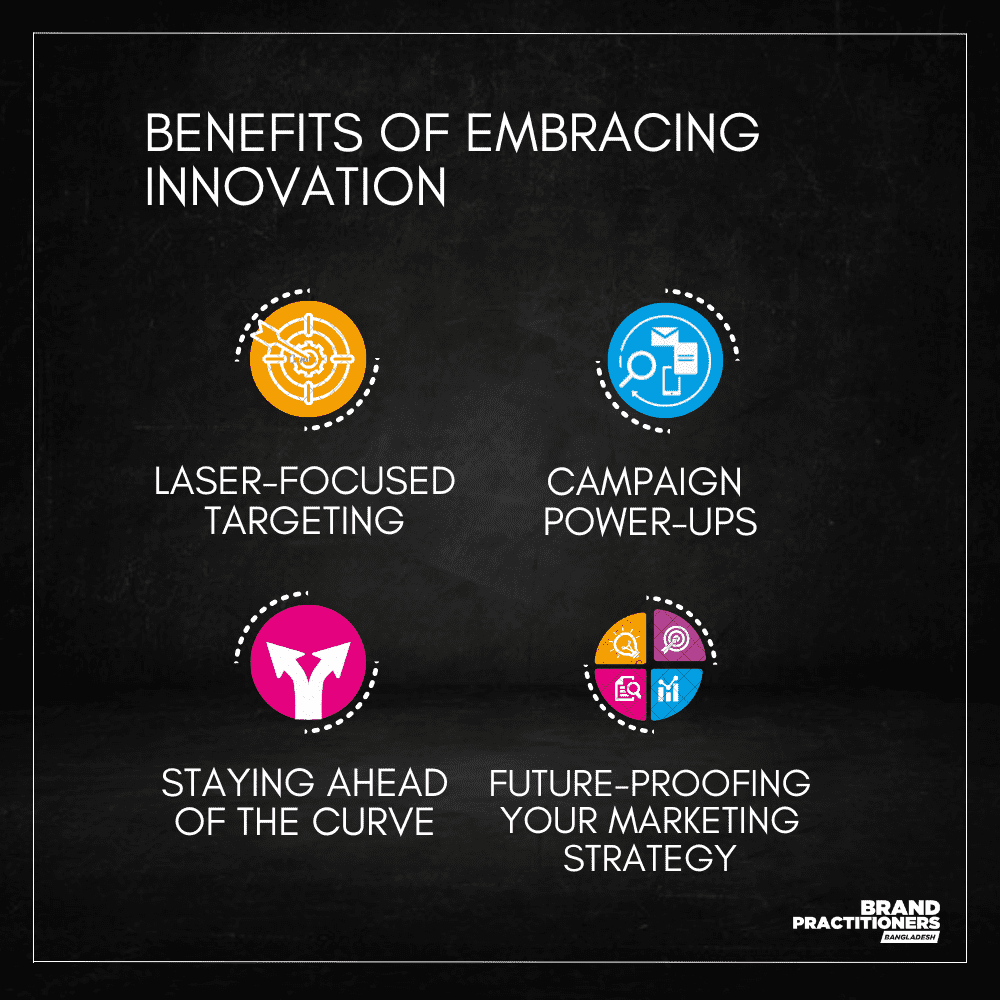
Despite these concerns, the benefits of embracing new technologies in marketing are pretty awesome:
- Laser-Focused Targeting: New technologies allow you to reach the right people with the right message at the exact right time. Imagine showing your cat food ad only to people who own cats (and maybe a sprinkling of dog owners who haven’t quite gotten the memo about their pet’s preference). Data and analytics tools help you personalize content and messaging for maximum impact.
- Campaign Power-Ups: Automation tools can take care of all those repetitive tasks that bog you down, freeing up your time to focus on the creative stuff and analyzing data. Think of it like having a tireless intern who never needs coffee breaks! Plus, data-driven insights allow you to fine-tune your campaigns on the fly, squeezing out every drop of effectiveness.
- Staying Ahead of the Curve: The marketing landscape is like a fast-moving river. New technologies and consumer behaviors are constantly emerging. By embracing new tech, you can stay ahead of the competition and avoid getting left in the dust.
- Future-Proofing Your Marketing Strategy: The marketing world is constantly changing. By readily adopting new technologies, you can build a flexible and adaptable strategy that can weather any storm and seize new opportunities.
Overcoming the Hurdles: A Practical Guide
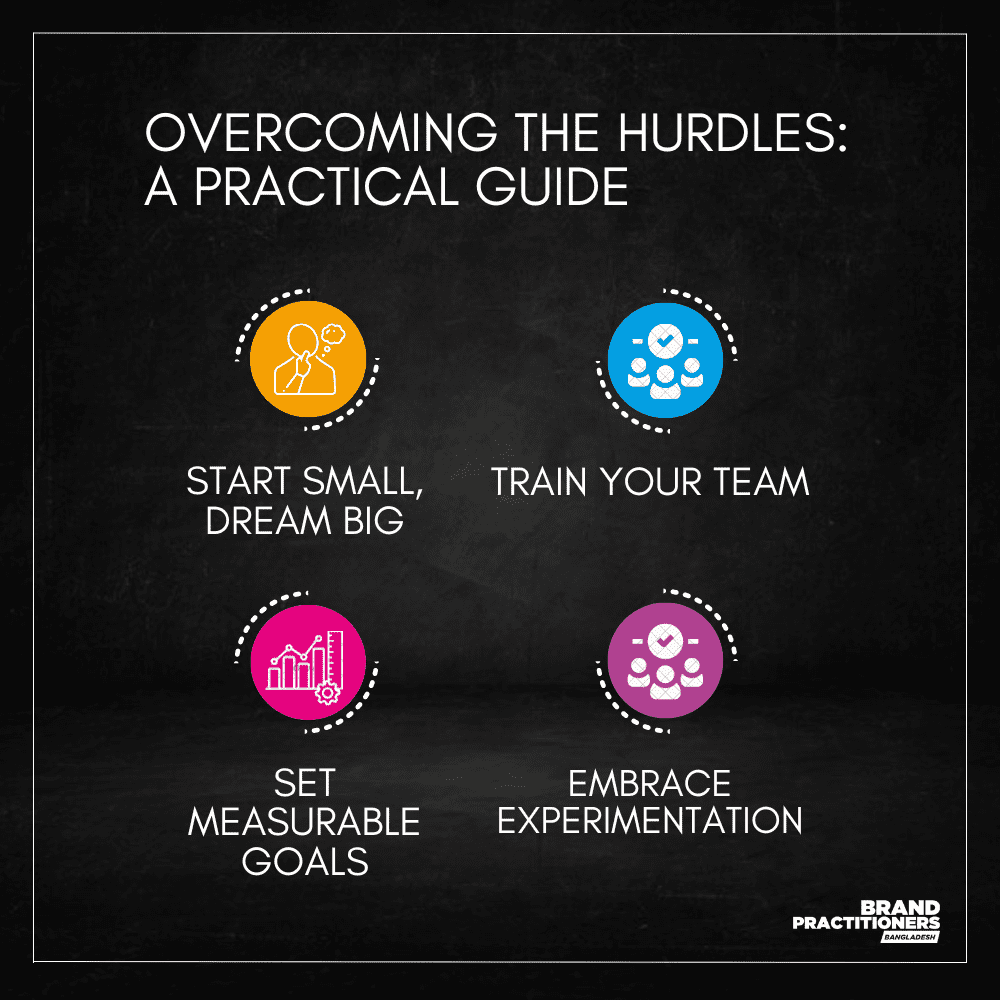
So, how can you, as a marketer, overcome these obstacles and successfully adopt new technologies? Here are some actionable tips to get you started:
- Start Small, Dream Big: Don’t try to boil the marketing ocean all at once. Begin with a pilot program for a single new technology. This allows you to test the waters, see how effective it is, and gather valuable data before you go all-in.
- Train Your Team: Investing in training for your marketing team is essential. A well-trained team is a happy and productive team, and more importantly, a team that can leverage the new tools effectively.
- Set Measurable Goals: Before diving in, clearly define your objectives and identify key performance indicators (KPIs) to track your marketing campaigns. This will help you measure the impact of the new technologies and demonstrate their value to your boss (or yourself, if you’re the boss).
- Embrace Experimentation: Foster a company culture that encourages trying new things and learning from mistakes. Think of new technologies as opportunities to experiment, adapt, and improve your marketing strategy.
The Future of Marketing is Technological
Technology is no longer a fad in marketing; it’s the driving force behind success. By understanding the reasons for hesitation, recognizing the potential benefits, and implementing a practical adoption strategy, you can overcome these hurdles and leverage new technologies to thrive in the ever-evolving world of marketing. Remember, the future of marketing is one that embraces continuous learning and adaptation, and technology is a key driver of that progress.
Final Thoughts
The future of marketing is all about continuous learning and adaptation, and technology is a key player in that game. By embracing new tools and fostering a growth mindset, you can transform these perceived roadblocks into opportunities for innovation and success. So, ditch the fear of the unknown and step into the exciting world of marketing technology. After all, the future of your brand might just depend on it.


